|
|
INCUBATOR GRANT SPOTLIGHT
|
Welcoming Our First Incubator Graduate!
|
 |
Image source: People’s Forest Foundation
|
Earlier this year, we launched our pilot Incubator Grant to jumpstart new microhabitat programs. The grant involves a two-phase process grounded in strategy, ecological need, equity, and metrics. We’re thrilled to announce that the People’s Forest Foundation of Louisiana has officially crossed the threshold—becoming our first Incubator-launched program and the newest member of our Practitioners Circle. Please join us in warmly welcoming them into our growing community of practice! And let more organizations know about the Incubator Grant
opportunity. It is open through November 28, 2025 or until funds are fully allocated.
|
|
|
| Check out People’s Forest Foundation
|
|
|
|
|
CATALYST GRANT SPOTLIGHT
|
Neighborhood-Scale Stewardship: Bexley’s Bold Habitat Triangle
|
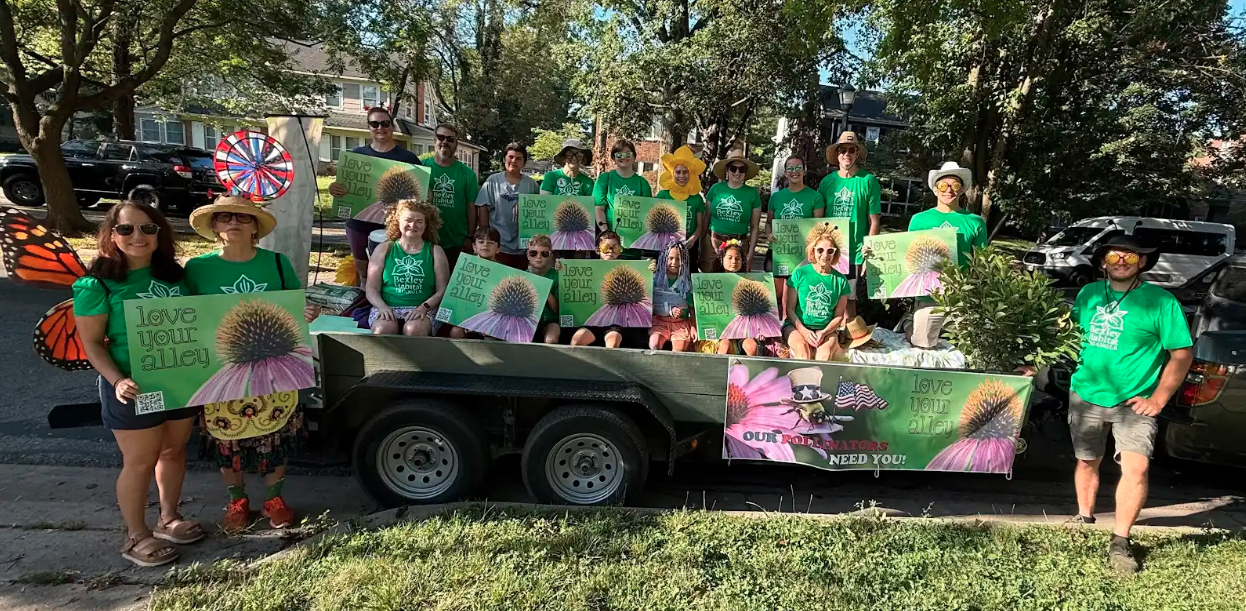 |
Love Your Alley and Bexley Habitat Triangle Volunteers.
Photo source: Green Bexley’s Love Your Alley.
|
Backed by a 2024 Catalyst Grant from the Microhabitat Accelerator, Green Bexley is transforming 30 abutting backyards into a unified habitat triangle—pioneering a neighborhood-scale approach to microhabitat creation. By concentrating habitat in one connected area, the project amplifies the impact on biodiversity and ecosystem services, while also cultivating a strong sense of community and a shared culture of stewardship. In a recent presentation to the Microhabitat Accelerator’s Practitioners Circle, project
leads reflected on a year of breakthroughs—and offered a glimpse of what’s possible when neighbors come together to reimagine their landscape.
Note: Catalyst Grants are currently only available to members of our Practitioners Circle.
|
| View a presentation on the Bexley Habitat Triangle
|
|
|
|
|
TOM’S CORNER: RESEARCH SPOTLIGHT
|
Beyond pollinators: the benefits of urban rewilding
|
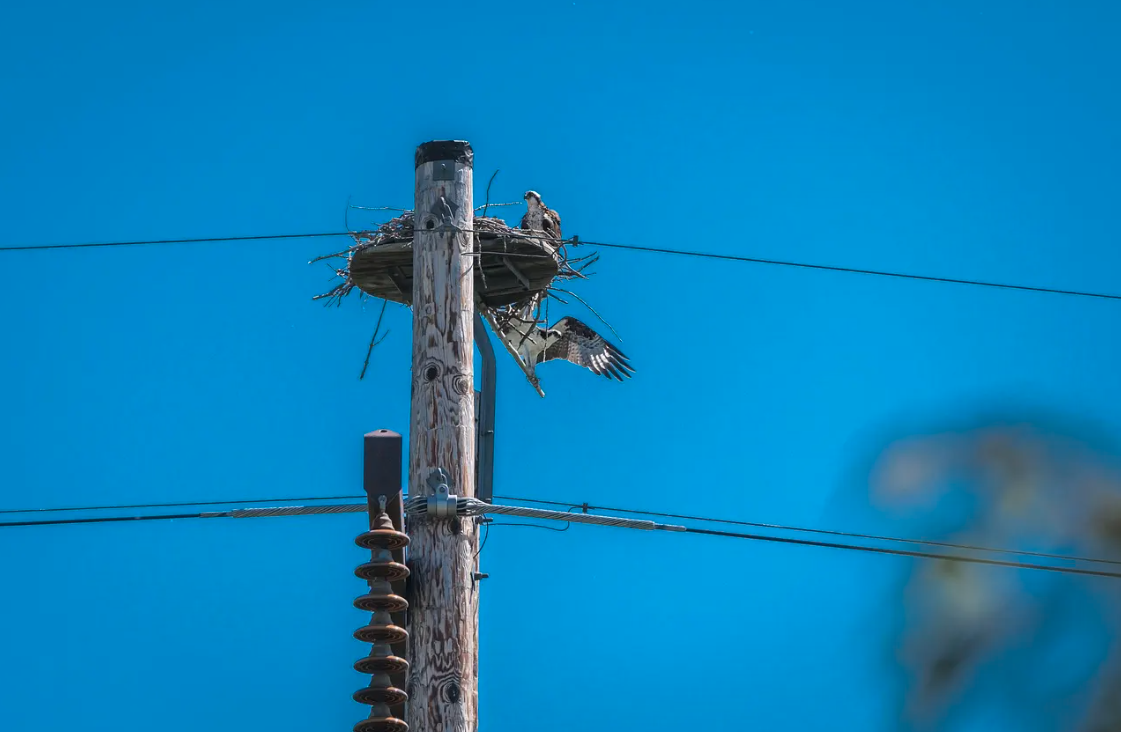 |
Ospreys repurpose an electric pole, turning infrastructure into refuge.
Photo source: Pixabay
|
About two thirds of microhabitat programs in cities focus on reintroducing native plant species, with the assumption that some fauna, such as pollinators, may benefit. Finnerty et al (2025) show that there is untapped potential to benefit biodiversity by more deliberately rewilding cities for other animal species. In their global study, the authors also show that urban rewilding can reconnect people with nature, foster community engagement and enhance cultural connections. Also, not all urban rewilding requires revegetated spaces (think of Peregrine falcons nesting on high rises or bats roosting under bridges), thus broadening the portfolio of microhabitat strategies.
Added diversity of native wildlife not only means added
ecosystem services - for example, think of falcons preying on abundant nonnative bird species in the cities, or bats feeding on myriad insects. Moreover, as Finnerty et al point out, cities can harbor a surprising range of biodiversity, sometimes including rare species. And, of course, many people are drawn to nature by their encounters with native wildlife as well as, or more than, native vegetation
|
|
|
 |
|
|
| Explore the research
|
|
|
|
|
HEALTH
|
How often do you need to be in nature for it to be beneficial?
|
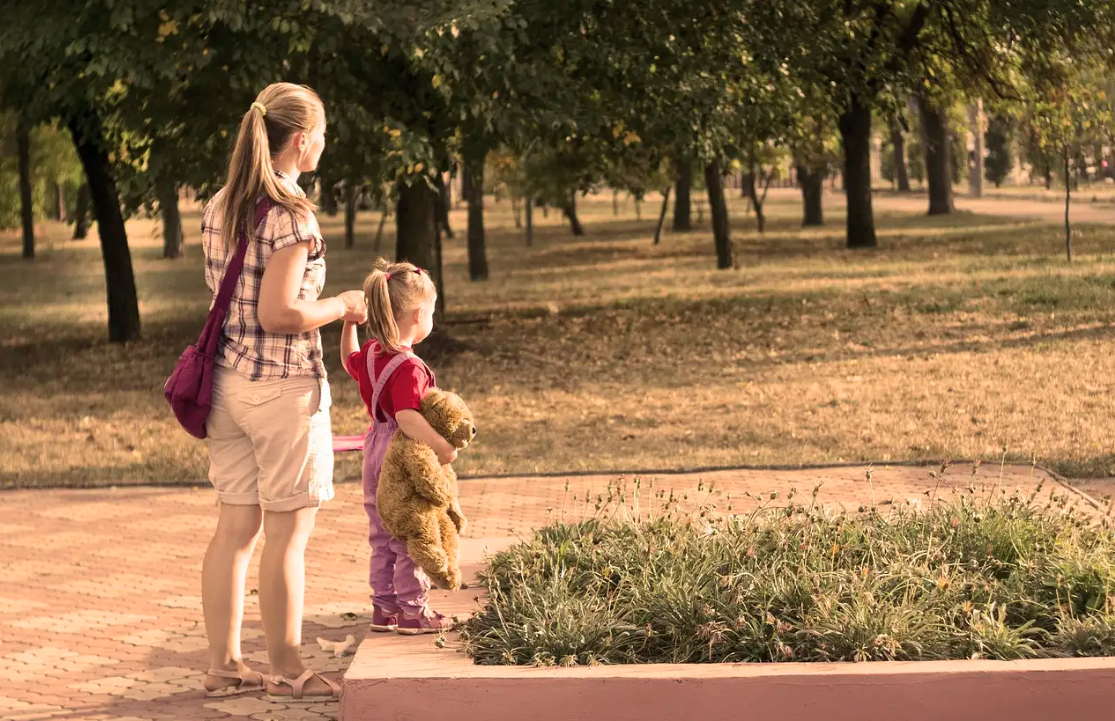 |
Image source: Pixabay
|
Spending just two hours in nature per week can significantly boost physical and mental well-being—improving sleep, reducing stress, and even enhancing creativity and resilience. While immersive outdoor experiences offer the strongest effects, even viewing nature from a window can provide benefits, especially for those with limited mobility. Experts emphasize that urban green spaces and tailored access to nature are especially vital for improving health in underserved communities.
|
|
|
| Learn more
|
|
|
|
|
HEALTH
|
Increasing urban vegetation could have saved over 1.1m lives in two decades
|
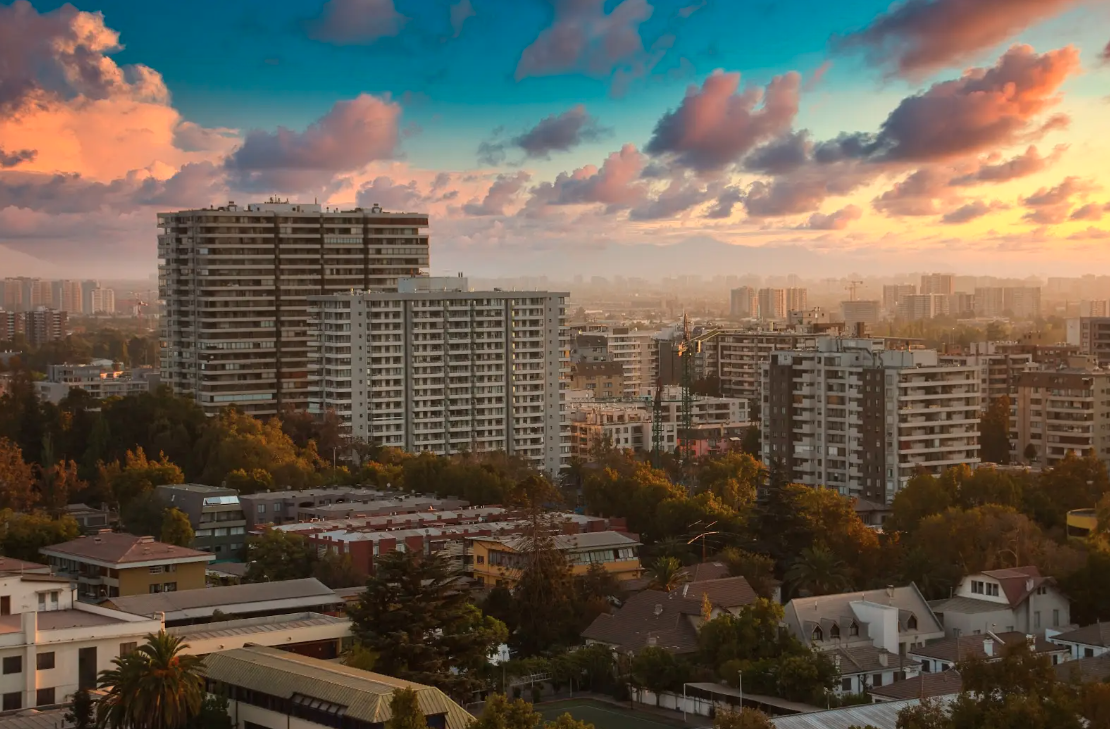 |
Urban landscape.
Photo source: Pixabay
|
A 20-year global study led by Professor Yuming Guo found that increasing urban vegetation by 30% could have prevented over 1.16 million heat-related deaths from 2000 to 2019 by cooling cities and reducing temperature-related health risks. The study, based on data from more than 11,000 urban areas, highlights the significant public health benefits of urban greening, especially in regions like Southern Asia, Eastern Europe, and Eastern Asia.
|
| Read the article
|
|
|
|
|
POLICY & ADVOCACY
|
How fixing roadside curbs can help reptiles and amphibians survive
|
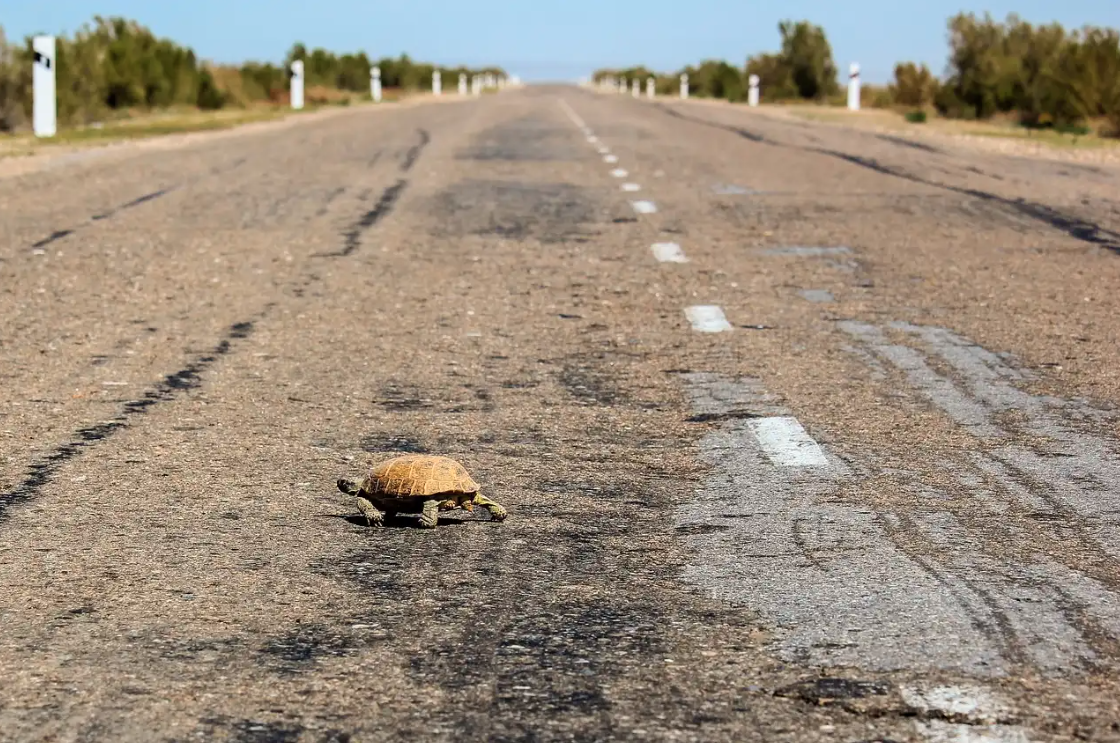 |
A turtle attempts a highway crossing—an all-too-common hazard for wildlife in fragmented habitats.
Photo source: Pixabay
|
Vertical roadside curbs pose a hidden but deadly threat to reptiles and amphibians, especially during seasonal migrations across roads that fragment their habitats. These barriers trap small animals, increase road mortality, and funnel them into catch basins—yet simple design changes like sloped curbs or curb gaps can significantly reduce harm. As urban development expands into sensitive ecosystems, integrating wildlife-friendly infrastructure offers a low-cost, impactful way to support biodiversity and make human-altered landscapes more navigable for vulnerable species.
|
| Learn more
|
|
|
|
|
|
|
|
|
What is the “Microhabitat Accelerator”?
|
The Microhabitat Accelerator aims to increase both the number and Impact of microhabitat programs—advancing a growing movement to restore ecosystem function across fragmented landscapes. Microhabitat programs are locally-driven, community-scale efforts that bring nature back to everyday spaces, benefiting people, biodiversity, or both. These programs take many forms, from neighborhood backyard habitat initiatives to urban bioswales, pollinator patches on farmland and more.
|
| Learn more
|
|
|
|
|
|
|
Interested in supporting our work?
|
Donate today. Your support allows us to provide pro bono services to community-based nonprofits to help them create and share community-scale climate adaptation strategies—such as microhabitat programs.
|
|
|
|
|
|
|

|
We help community-based organizations invent, share and grow replicable, climate adaptation solutions. Our flagship project is the The Microhabitat Accelerator℠
|
|
|
|
|